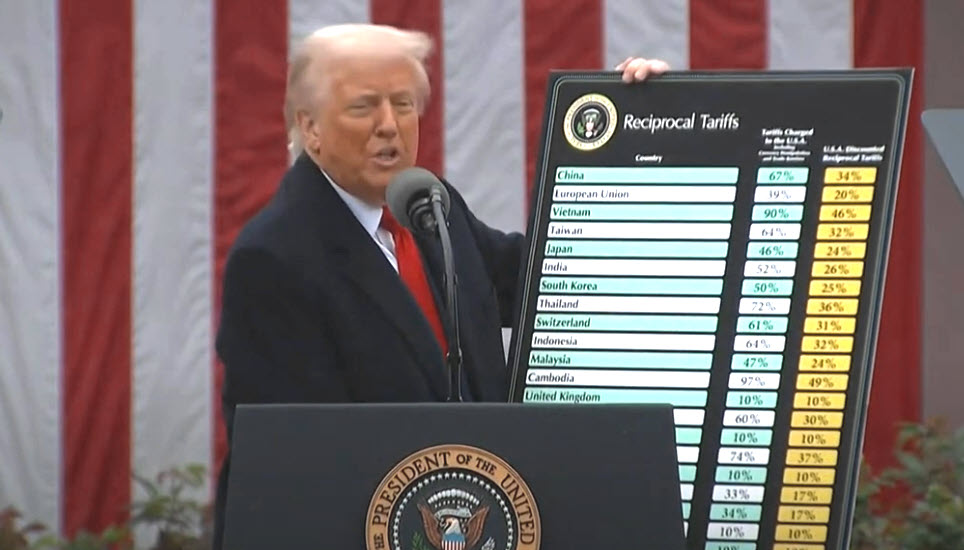
The Trump administration’s fiscal year 2026 budget released last week proposes to eliminate funding for ENERGY STAR—a voluntary, market-based program currently run by the Environmental Protection Agency (EPA) widely used by commercial real estate to track energy usage and reduce utility costs. (CNN, May 6)
Why It Matters

- Reports also emerged this week of staff reorganization plans announced at EPA that would eliminate the agency’s larger department that currently houses ENERGY STAR. (Washington Post, May 6) (The Hill, May 6)
- Administration officials say the planned restructuring is part of a broader effort to streamline federal agencies and cut discretionary spending. (LA Times, May 6)
- Real estate assets that do more with less energy—as quantified, monetized, and recognized through Portfolio Manager and other ENERGY STAR offerings—are critical to achieving EPA’s pillars to “power the great American comeback.” (Roundtable Weekly, April 4)
- ENERGY STAR is commercial real estate’s most relied-upon public-private partnership with the federal government It provides the industry standard for benchmarking energy use, informing smart capital investments, and supporting lower operational costs with less regulatory burden.
- Over 330,000 buildings, encompassing nearly 25% of U.S. commercial floor space, have utilized this platform to make informed decisions on energy investments and capital projects. (RER Letter, April 4) (UrbanLand, May 8)
CRE Industry Supports ENERGY STAR

- In response to the proposed cuts, RER President and CEO Jeffrey DeBoer commented on Tuesday:
- “The highly successful ENERGY STAR program is integral to the U.S. real estate industry. Its software is embedded in the fabric of how profitable, energy efficient buildings are run and managed in all markets across the nation. ENERGY STAR provides the key tools for families and business to save money on their utility bills. Owners and developers rely on ENERGY STAR to attract investment capital so U.S. building infrastructure can compete with the best real estate assets in the world.
- “ENERGY STAR also provides the best measure to reduce energy use so buildings put less strain on the grid – to free up the electricity we need to lead the world in artificial intelligence, support innovations in the crypto asset industry, and bring back manufacturing to America.” (UrbanLand, May 8)
- “Only the federal government has all the data, talent, lab research, and other expertise necessary to run all of the facets of ENERGY STAR,” DeBoer continued. (RER Statement, May 7)
- In April, RER and 17 industry organizations sent a letter to EPA Administrator Lee Zeldin expressing strong support for the program.
- The coalition urged the administration to maintain ENERGY STAR’s voluntary framework, which enhances electric grid reliability, supports emissions reductions, and has saved consumers and businesses over $500 billion in energy costs since its inception. (Roundtable Weekly, April 4)
What’s Next
- Congressional appropriators will determine the program’s future in the coming months as they review the president’s proposed budget.
- ENERGY STAR has long received bipartisan support—including from moderate Republicans who cite its role in lowering energy costs and improving the efficiency of household appliances. (Washington Post, May 6)
RER looks forward to collaborating with the Trump Administration, Congress, the EPA, the Department of Energy, and our allies in the product manufacturing sector to transition the landmark ENERGY STAR public-private partnership as it evolves to support a new generation of cutting-edge buildings, plants, and consumer products.



















